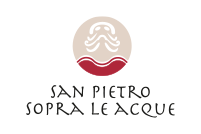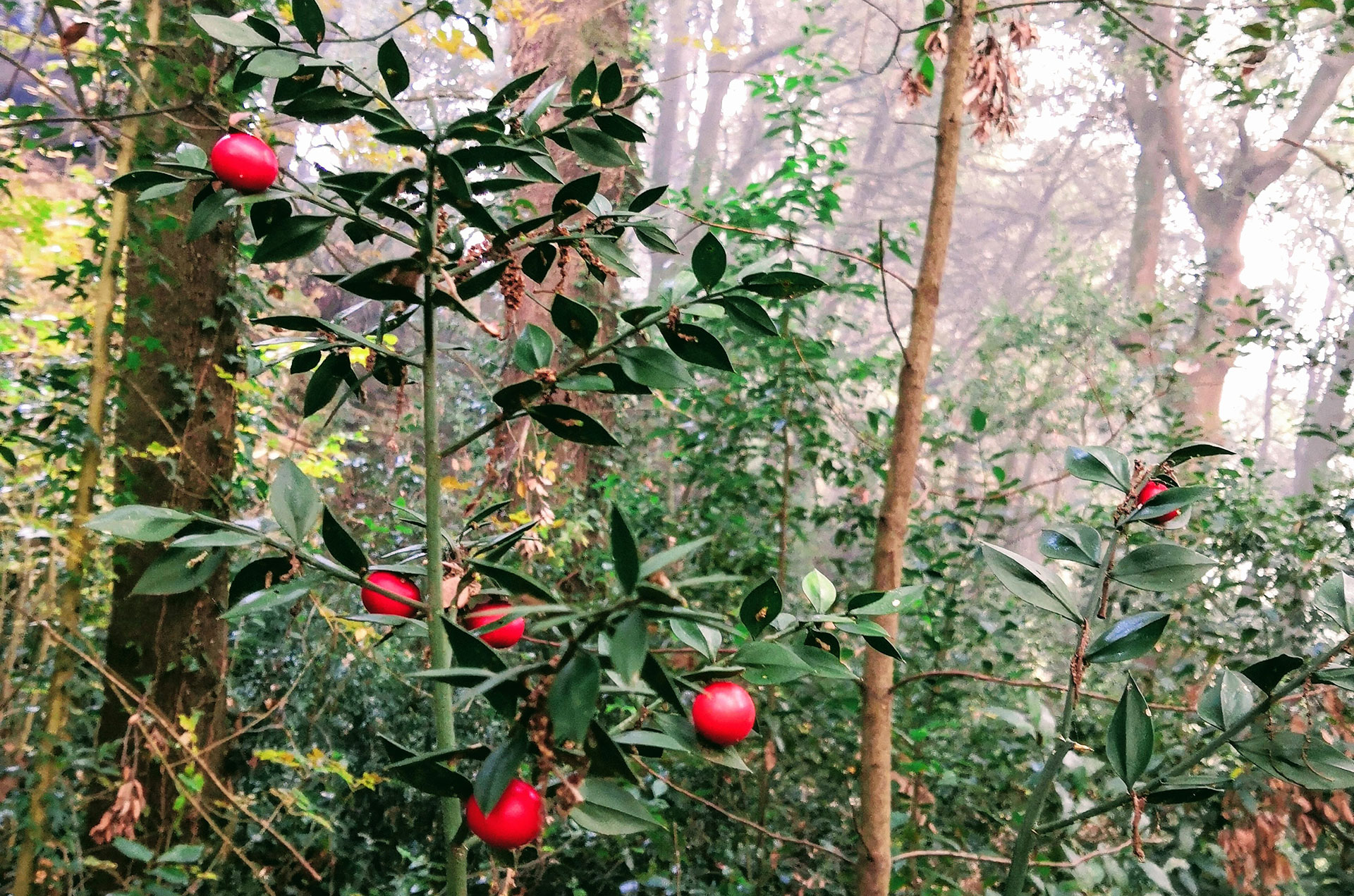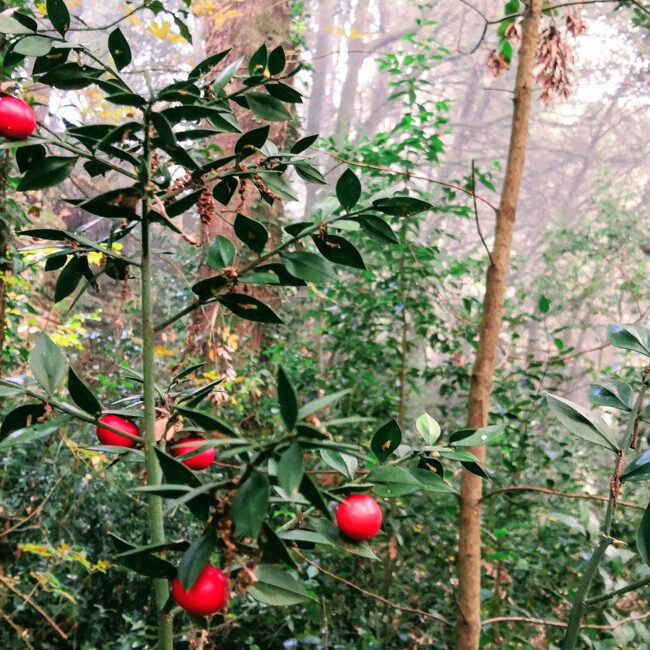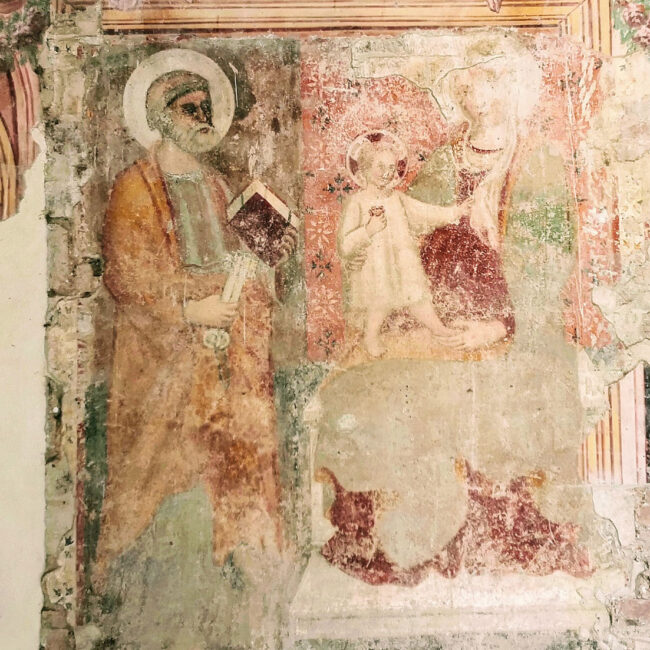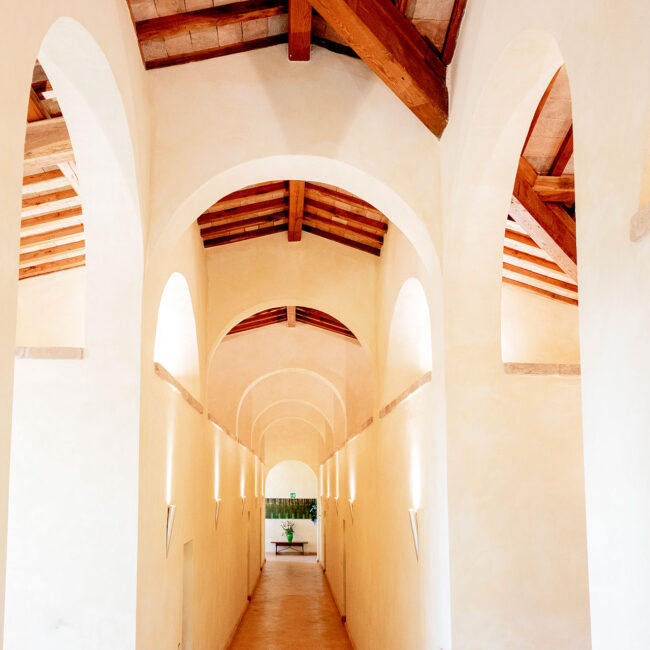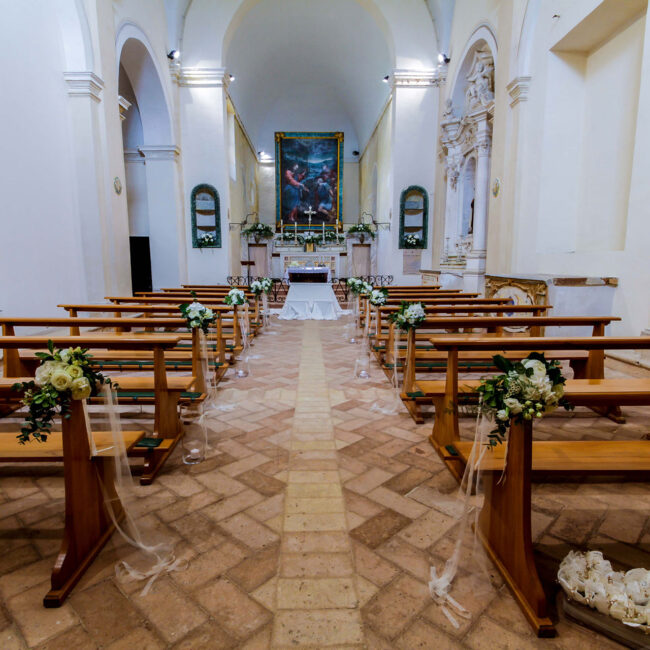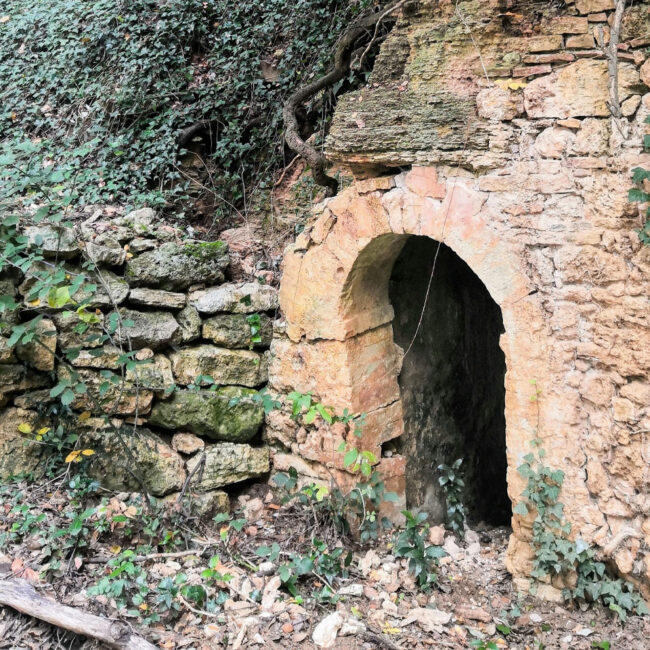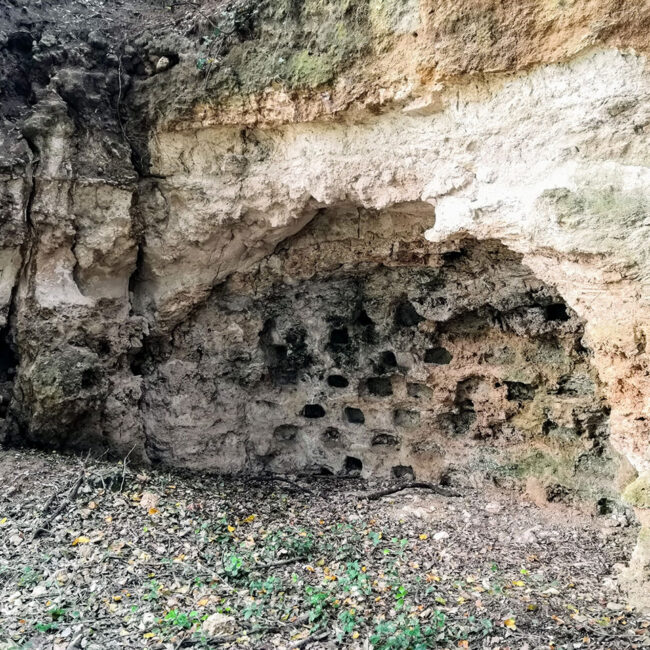The wood
Outside the wood, various gardens and a source of water could be admired.
The dense wood of centuries-old oaks and holm oaks completes the compound of San Pietro sopra le Acque (St. Peter above the Waters).
The source of water was at the base of the ridge, it concentrated in the tank before and then ran down the three arches, earlier located where the little wall in the north of the restaurant park is today.
The seventeenth-century fountain outside the walls was public (like all sources). The “big face”, which has become our logo, is not St. Peter, but a Mannerist symbol consistent with the style of the church. It is a “mask”, an apotropaic figure of protection from evil spirits which was in fashion between Mannerism and Baroque.
The portico
The portico, probably the seat of the previous medieval church The fresco in the lunette above the entrance door to the convent was also made by Polinori and depicts St. Francis re
The convent
The convent is deployed around a cloister with a central cistern, now enclosed by ancient arches. The entrance to the corridor is decorated with frescoes illustrating the life and
The church in late Mannerism style in stile
The church – built between 1614 and 1624 – presents a late Roman Mannerism style with a single nave, altars on the right side and a chapel embellished with original stucco deco
The Roman necropolis and the ever-sacred vocation of the place
The sacredness hovering around this place is still evident. Its features – typically halfway up the hill – make us think of earlier Etruscan and later Roman temples. During the
The caves in the woods
Actually, there are some archaeological records which may help. It deals with cavities dug in the natural tuff bastion delimiting the compound of St. Peter to the north. The first,
